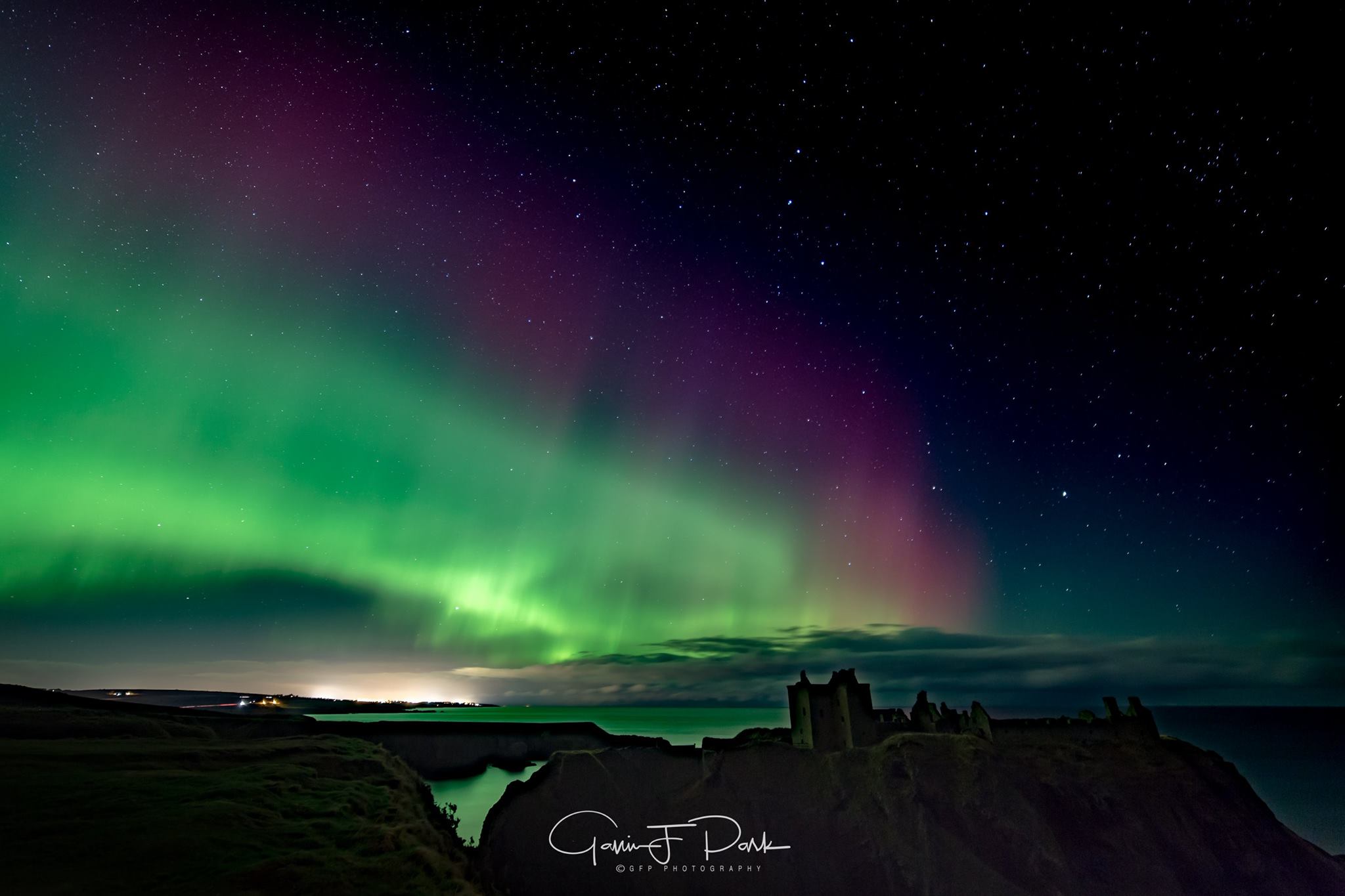

However, nothing in science is impossible. Audio recordings of the Northern Lights have been attempted but to date, these haven’t picked anything up. The aurora occurs 100 km up in the sky so anything making a sound would need to be propagating at the speed of light otherwise, it would occur so long after the event that you wouldn’t connect the two. Scientifically, it doesn’t seem feasible as sound doesn’t travel at the same speed as light. There are records of people who live under the Northern Lights, particularly Inuit communities, who claim they have heard the aurora make a sound. It’s possible that some animals may be able to sense the natural disturbance caused by an active aurora Do the Northern Lights make a sound? Although we can’t be certain, it is well documented that there are things which animals can sense that humans can’t. Is wildlife affected by the Northern Lights?ĭogs will often look at the sky and bark during an auroral display, which suggests that other animals are also aware of them. So, while it is true that sunspots affect the lights, this doesn’t apply to locations under the Auroral Ovals. However, the polar auroras do not depend on sunspot activity at all. During this time, the Northern Lights may be visible further south than usual, due to the increased number of electrically charged particles reaching the Earth. The Northern Lights become more active and intense around Solar Maximum and in the three to four years immediately following the peak. When the sun is at its most active and producing a lot of sunspots, it is referred to as the Solar Maximum and when the number of sunspots are at the lowest, it’s called the Solar Minimum. This cycle lasts somewhere between 11-15 years. The Solar Cycle refers to the number of sunspots present on the surface of the sun. The light show we see from the ground is caused by electrically charged particles from space entering the Earth’s upper atmosphere at a very high speed.
Best place to see the northern lights full#
Read our full guide on what causes the Northern Lights.


This isn’t the case – it’s just that when the skies are cloudless, temperatures tend to drop. Some people claim the aurora comes out when temperatures are colder. To see the Northern lights, the sky needs to be dark and clear of any clouds. A good display may last for no longer than 15-30 minutes at a time, although if you’re really lucky, it could extend to a couple of hours or longer. They don’t usually exhibit for long – they may only show for a few minutes, then glide away before returning. The Northern Lights most commonly appear between 17:00 and 02:00. The aurora is at its most active around the equinoxes in March and September. During this time, the Arctic sky is dark enough for the Northern Lights to be visible in the right conditions. The winter season in the Arctic lasts from late September to late March/ early April. While technically, the Northern Lights are present for much of the year, there aren’t enough hours of darkness to see them during the summer months, even above the Arctic Circle.

This area is known as the Auroral Zone or the Auroral Oval. The Aurora Borealis is most commonly seen in the polar regions, within a radius of 2,500 km around the magnetic poles.


 0 kommentar(er)
0 kommentar(er)
